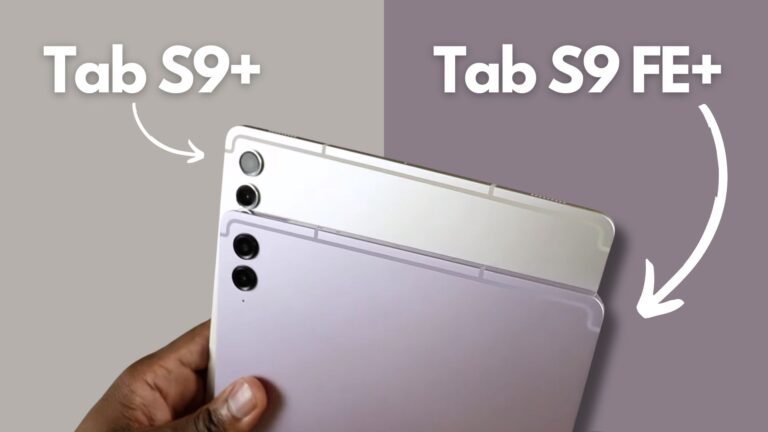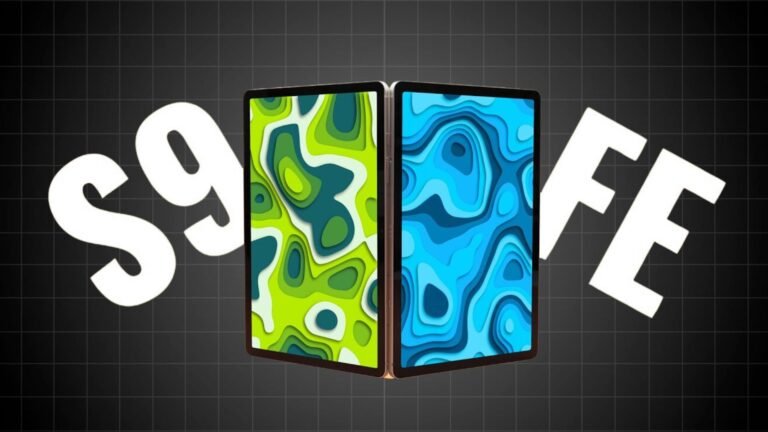Tab S8 Ultra vs Surface Pro 8: Key Differences
Fundamentally speaking, both of these gadgets are tablets with touch screens, but the operating system is where there is the biggest and most significant distinction.
Since Windows 11 is preinstalled on the Surface Pro 8, you can essentially run any PC application you want. The Tab S8 Ultra runs Android 11, so you’re getting a system that’s specifically designed for a mobile device with a touch screen. There are many apps available in the Google Play and Galaxy stores, but you’re not using the desktop versions of them.
Both have benefits and drawbacks. The Surface Pro 8 can run desktop applications on a tablet, which is amazing, but keep in mind that those applications weren’t made for touch displays; instead, you have to buy keyboard and mouse.
The Tab S8 Ultra can’t run desktop versions of the apps, so that could be a negative but the apps that it can run are actually designed for touch and in general they’re better optimised for a tablet. The Tab S8 Ultra can also boot up in Dex mode, which provides a user interface similar to a desktop.
Tab S8 Ultra vs Surface Pro 8: Display
The Tab S8 Ultra has a massive 14.6-inch Super AMOLED display with a resolution of 2960×1848, it has up to 120 hertz refresh rate, 16:10 aspect ratio, and a pixel density of 240 PPI.
The Surface Pro 8 has a 13-inch LCD display with a resolution of 2880×1920, it also has up to 120 hertz refresh rate, 3:2 aspect ratio, and a higher pixel density of 267 PPI.
The Surface Pro 8 does have a good display, but the Tab S8 Ultra is simply outstanding. It might be the best tablet display I’ve ever used. Since it’s Super AMOLED, the colors are vibrant and the blacks are deep. The aspect ratio is fantastic for watching video because it almost completely fills the screen.
Tab S8 Ultra vs Surface Pro 8: Size & Design

The Surface Pro 8 is by no means a small device, and even though the Tab S8 Ultra is larger, it is actually lighter and thinner. The tab S8 Ultra will therefore take up more space in your bag, but it will weigh less, so you’ll kind of have to make that decision.
The Tab S8 Ultra has a more contemporary overall design with rounded corners, squared-off edges, and thin bezels all around. For a tablet, the Surface Pro 8 has an older-looking design with round sides and larger bezels on the longer sides.
This is a definite winner for the Surface Pro 8 in terms of ports. The Surface Pro 8 has two Thunderbolt 4 ports and a 3.5 millimetre headphone jack, whereas the Tab S8 Ultra only has one USB-C 3.2 port. This allows you to connect wired headphones or charging.
The Surface Pro 8 has a built-in kickstand, which is another nice design feature. Without a case or keyboard case, you can still stand the device up and adjust the angle to your preference.
Tab S8 Ultra vs Surface Pro 8: Keyboard & Stylus

I’ve been using the Surface Pro signature keyboard with the Surface Pro 8. The keys feel nice and responsive, there is a row of function keys at the top, a trackpad, and a slot for the Surface Slim Pen. It has a very nice velvet texture, making it feel really premium.
It has a bump out on the back to protect the S Pen, and the keyboard can be detached from the back so you can still protect the Tab S8 Ultra and the S Pen when you’re using it in Tablet mode. The Samsung Ultra book cover keyboard is compatible with the Tab S8 Ultra and has a dedicated row of useful function keys as well.
The Tab S8 Ultra actually includes Samsung’s newest and fastest S Pen with the tablet’s purchase, which is very convenient. However, the Surface Slim Pen 2 costs extra with the Surface 8 Pro.
Tab S8 Ultra vs Surface Pro 8: Speakers
Compared to the Surface Pro 8, which only has a two-speaker system, the Tab S8 Ultra has four AKG-tuned speakers. The tablet S8 Ultra has much better audio quality, but this 2 speaker system still sounds pretty good for a tablet. Therefore, the Tab S8 Ultra is the winner whether you use these speakers for music, watching videos, or playing games.
Tab S8 Ultra vs Surface Pro 8: Cameras

As far as camera systems, the Tab S8 Ultra come out ahead and that’s both in terms of hardware and the actual quality. The Surface Pro 8 has a 10MP Rear Facing Camera and a 5MP front-facing camera. The Tab S8 Ultra has 2 rear-facing cameras; 13MP wide and 6MP Ultra wide, and it also has two 12MP front-facing cameras.
Tab S8 Ultra vs Surface Pro 8: Performance

When it comes to processing power, the Surface Pro 8 is equipped with an 11th generation Intel Core i5, though a core i7 is also an option. The Surface 8 Pro outperforms the Tab S8 Ultra for both single-core performance and multi-core performance. The Tab S8 Ultra is powered by a Snapdragon Gen 1 chip.
The Surface Pro 8 uses Windows, so there is noticeably better file management and everything else that comes with an actual desktop operating system, while the Tab S8 Ultra also has excellent multitasking for a tablet.
The processors are also a deciding factor in battery life. The Snapdragon 8 Gen 1 chip in the S8 Ultra tablet is designed for mobile devices, making it slightly less potent but also very efficient. Actually, the i5 and i7 processors in the Surface Pro 8 were created for laptops, which typically have bigger batteries and better thermal control.
The Tab S8 Ultra has an incredibly large display and enough processing power to run all mobile games. The Surface Pro 8 has a more potent chip, but it runs Windows and isn’t really capable of running AAA games without an external GPU or eGPU. Nevertheless, you can play games like Vralorant, GTA 5, CS:GO, and others on it.
Which One is Better?
The Tab S8 Ultra has a larger and better display, superior camera and speaker systems, longer battery life, and a better operating system for touch screens.
The Surface Pro 8 has more ports, a more potent chip, and an actual desktop operating system that enables it to run desktop versions of apps.
Technically speaking, both devices are tablets, but the Surface Pro 8 works best with a keyboard case.
So, for me, the question is: Are you looking for a device that functions primarily as a laptop but also has tablet functionality, or are you looking for a fantastic tablet that also has laptop functionality?






